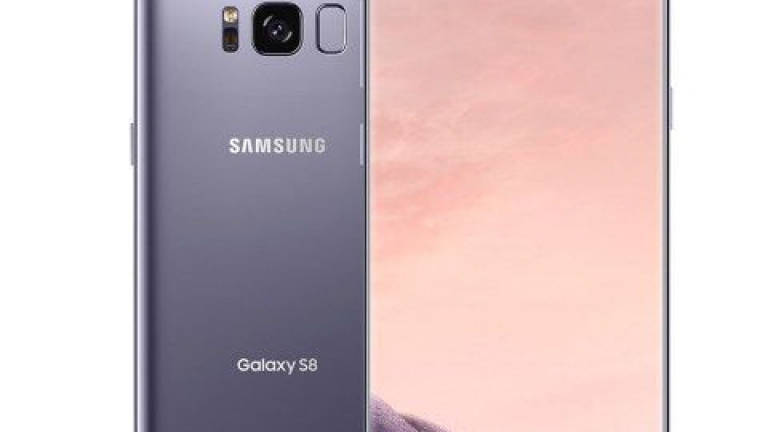The Samsung Galaxy S: The evolution year by year

THE Samsung Galaxy S8 and S8+ are now available to preorder with the first shipments expected April 18, a few days before the handset lands in stores. The standard S8 starts at US$720 (RM3,190), rising to US$840 for the S8+. Ahead of the launch, here's a look back at the history of Samsung's Galaxy S-series smartphones, updated with a new flagship model each spring since 2010.
Samsung Galaxy S
Launched in June 2010 in Asia before rolling out to the rest of the world a few months later, the Galaxy S was billed as a major rival for Apple's iPhone 4 with its ultra-powerful processor and 4-inch SuperAMOLED screen. The handset initially ran Android 2.1 (Eclair) but was soon updated to 2.2 (FroYo).
Samsung Galaxy S II
Presented at the Barcelona-based Mobile World Congress in February 2011, the Galaxy S II progressively rolled out globally from spring that year. The phone proved a great commercial success for the South Korean tech firm, standing out in the smartphone market at the time thanks to its dual-core processor and two onboard cameras, including an 8-Megapixel rear-facing camera with autofocus and HD (1080p) video mode.
Samsung Galaxy S III
The Galaxy S III replaced the S II in May 2012. Display size was upped to 4.8 inches and resolution to HD (1280 x 720 pixels). The phone also came with an intelligent voice assistant (S Voice) and ran Android Jelly Bean. It was the first model to get 4G support in certain markets and was accompanied by the smaller and less powerful Galaxy S3 Mini.
Samsung Galaxy S4
Released in April 2013, the Samsung Galaxy S4 landed with full 4G support and major upgrades to the spec sheet, including a 5-inch screen, an octa-core processor, a 13-Megapixel camera, etc. As well as touch controls, this model was also able to respond to eye movements, pausing a video, for example, when the viewer looked away from the screen.
Samsung Galaxy S5
After a global premiere at MWC, the Samsung Galaxy S5 was released in April 2014. This 5.1-inch smartphone (1920 x 1080 pixels) notably stood out from its predecessor with a fingerprint reader and a virtually instant autofocus. It was also compatible with the South Korean tech firm's first smartwatches.
Samsung Galaxy S6
Thanks to its metal casing, this Samsung flagship promised a sturdier build. However, the battery wasn't removable and there was no microSD memory card slot. The S6 edge came with a display that curved down over the left and right edges of the handset – a first in the smartphones market.
Samsung Galaxy S7
Samsung kept things classic with the 5.1-inch Galaxy S7 and 5.5-inch Galaxy S7 edge (with curved display). The handsets promised 30% more processor power and came with 4GB of RAM, but the only real innovation came in the main camera, which dropped from 16 to 12 Megapixels but promised boosted picture quality, particularly in low light and with moving subjects. Samsung built a whole ecosystem around the Galaxy S7, with smartwatches, a 360-degree camera and a VR headset.
Samsung Galaxy S8
Presented to much hype at an event on March 29, 2017, the Samsung Galaxy S8 changes the game once again with its 5.5-inch "Infinity" display (2960 x 1440 pixels), with curved edges and a virtually bezel-free design. It has 12- and 8-Megapixel cameras, 4GB of RAM and 64GB of onboard storage (and a microSD card slot). It also features an iris scanner and supports the new Bluetooth 5.0 standard. What's more, it's the first smartphone to get Samsung's latest intelligent assistant, Bixby. — AFP Relaxnews